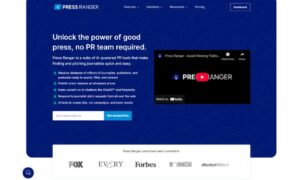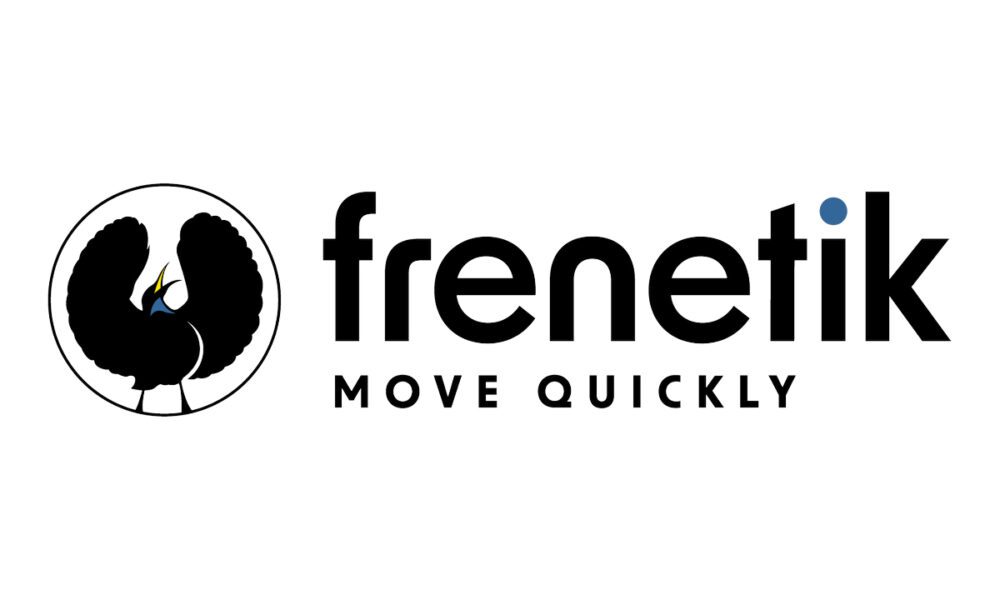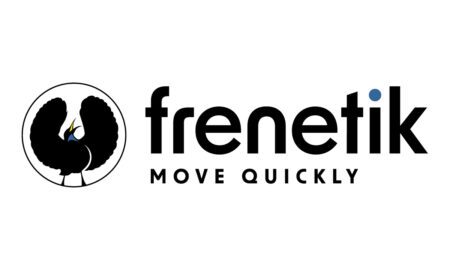Public relations (PR) plays a pivotal role in the success of any company. For tech startups, it is even more critical. Startups operate in a competitive space where attention is scarce, and trust is not given—it must be earned. That’s where effective public relations comes in. It helps startups build credibility, tell compelling stories, and connect with their audience. Without a clear PR strategy, even the most groundbreaking innovations may go unnoticed.
Understanding the Role of Public Relations in a Tech Startup’s Growth
Many entrepreneurs assume that PR is simply about getting media coverage. However, it’s far more comprehensive. PR includes managing your reputation, handling communication during a crisis, engaging with the public, and maintaining transparency.
Public relations helps startups in three key areas:
- Brand Awareness – By consistently appearing in media outlets, you increase your brand’s visibility.
- Credibility – Third-party validation through reputable sources adds trustworthiness.
- Customer Engagement – Strategic storytelling encourages consumers to emotionally connect with your product or mission.
- Moreover, a well-executed PR strategy doesn’t just generate buzz; it builds momentum.
Setting Clear and Measurable Public Relations Goals for Startups
Before diving into tactics, it’s crucial to set PR goals that align with your business objectives. Are you trying to launch a product, attract investors, or recruit top talent? Your goals determine your message and target audience.
For example, a startup seeking investment should focus on showcasing innovation, market potential, and thought leadership. In contrast, if your goal is user acquisition, then your PR should highlight usability, customer success stories, and real-world applications.
Remember to make your goals SMART—specific, measurable, achievable, relevant, and time-bound.
Crafting a Strong and Authentic Brand Narrative That Resonates
Your startup’s story is its heartbeat. Investors, customers, and media alike want to know not only what you do but also why you do it. An authentic narrative can humanize your brand and make it memorable.
Here’s how to develop a strong brand story:
- Start with the problem – What challenge does your startup solve?
- Introduce the founders – People love to support driven and passionate innovators.
- Showcase the solution – What makes your product unique and valuable?
- Highlight real impact – Use testimonials or data to prove your success.
Additionally, your story should evolve as your startup grows. Revisit and refine it regularly to keep it relevant.
Choosing the Right Public Relations Channels to Amplify Your Message
Not all PR channels are created equal. Your target audience determines which ones are most effective. Common PR channels include:
- Traditional media (newspapers, magazines, TV)
- Digital publications (tech blogs, online news platforms)
- Owned media (your blog, website, and social media accounts)
- Influencer outreach (tech thought leaders and YouTubers)
For tech startups, digital channels often offer the most value due to their speed and scalability. However, being featured in a major publication like TechCrunch or Wired can significantly boost credibility.
A multichannel approach typically yields the best results. Furthermore, maintain consistency across platforms to reinforce your brand identity.
Building Relationships with Journalists and Industry Influencers
One common mistake startups make is treating PR as a one-time event rather than a relationship-driven process. Journalists and influencers are bombarded with pitches daily. To stand out, you must build trust over time.
Here are a few best practices:
- Do your research – Understand what each journalist covers.
- Personalize your pitch – Generic emails are easy to ignore.
- Offer value – Provide unique insights, data, or stories that their audience will appreciate.
- Be responsive – Timely communication helps foster reliability.
Engaging with journalists on platforms like X (formerly Twitter) or LinkedIn can also create warm leads for future media opportunities. Additionally, hosting or attending tech events allows for face-to-face interactions, which often leave a lasting impression.
Timing Your Public Relations Efforts for Maximum Impact
In PR, timing can be everything. Launching a press campaign too early may result in lost momentum. Waiting too long might cause you to miss critical market opportunities. So when is the best time?
Key moments to initiate PR efforts include:
Product launches
- Funding announcements
- Strategic partnerships
- Awards or recognitions
- Market expansions
Each of these milestones offers a newsworthy hook. Moreover, spacing out announcements creates ongoing visibility rather than a one-time spike.
Measuring the Success of Your Public Relations Campaigns
What gets measured gets managed. Evaluating your PR efforts helps you identify what’s working and what’s not. Key performance indicators (KPIs) include:
- Media mentions
- Website traffic from PR sources
- Backlinks generated
- Social media engagement
- Lead conversions
In addition, qualitative metrics—such as sentiment analysis—can help you understand how your brand is perceived. Tools like Google Alerts, SEMrush, and Meltwater can assist in tracking both quantitative and qualitative data.
Regularly review these insights to refine your PR strategy moving forward.
Leveraging Social Proof and User Stories in Your PR Strategy
Third-party validation is a powerful PR tool. When potential customers or investors see that others trust and benefit from your product, they are more likely to follow suit. This is where social proof comes into play.
Consider incorporating the following into your PR toolkit:
- Customer testimonials
- Case studies
- Video reviews
- Influencer endorsements
User-generated content can also enhance authenticity. Featuring your customers in your PR stories shows that you are not only innovative but also community-focused.
Managing Crisis Communication and Reputation Risks
While PR is often about promotion, it also involves protection. At some point, your startup may face a crisis—whether it’s a product failure, security breach, or internal scandal. How you handle such situations can define your brand for years to come.
Here’s how to prepare:
Have a crisis communication plan in place.
- Designate a spokesperson.
- Act quickly and transparently.
- Acknowledge the issue and outline corrective steps.
Being proactive and honest during a crisis often garners more respect than remaining silent. Transparency can turn a potentially damaging situation into a moment of growth and resilience.
Hiring Public Relations Professionals or Working with PR Agencies
As your startup grows, managing PR internally might become overwhelming. That’s when hiring a PR expert or partnering with an agency makes sense.
Advantages of hiring professionals include:
- Established media relationships
- Strategic messaging expertise
- Time-saving execution
- Access to analytics tools
However, make sure you choose a PR partner who understands the tech landscape. Ask for case studies, references, and clear deliverables before signing any contracts. If budget is an issue, consider working with a freelance PR consultant in the early stages. Later on, you can scale to a full-service agency.
Final Thoughts:
Effective PR isn’t a one-time effort; it’s an ongoing process that evolves with your startup. By telling authentic stories, choosing the right channels, building media relationships, and measuring results, you can elevate your startup above the noise.
Tech startups face unique challenges, but they also have unique opportunities. With the right PR approach, even a small team with a big idea can make waves in the market. Focus on long-term relationships, clear communication, and purposeful storytelling. In doing so, your startup won’t just survive—it will thrive.



































